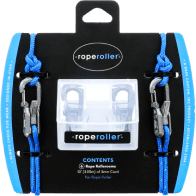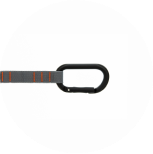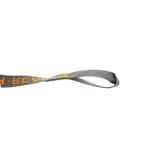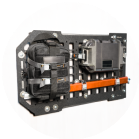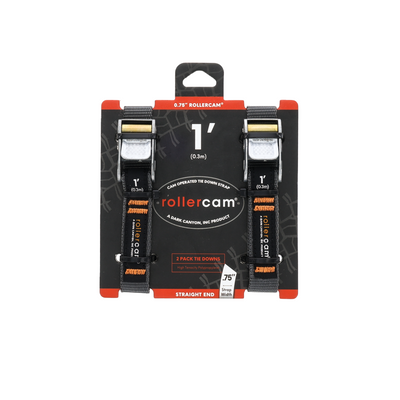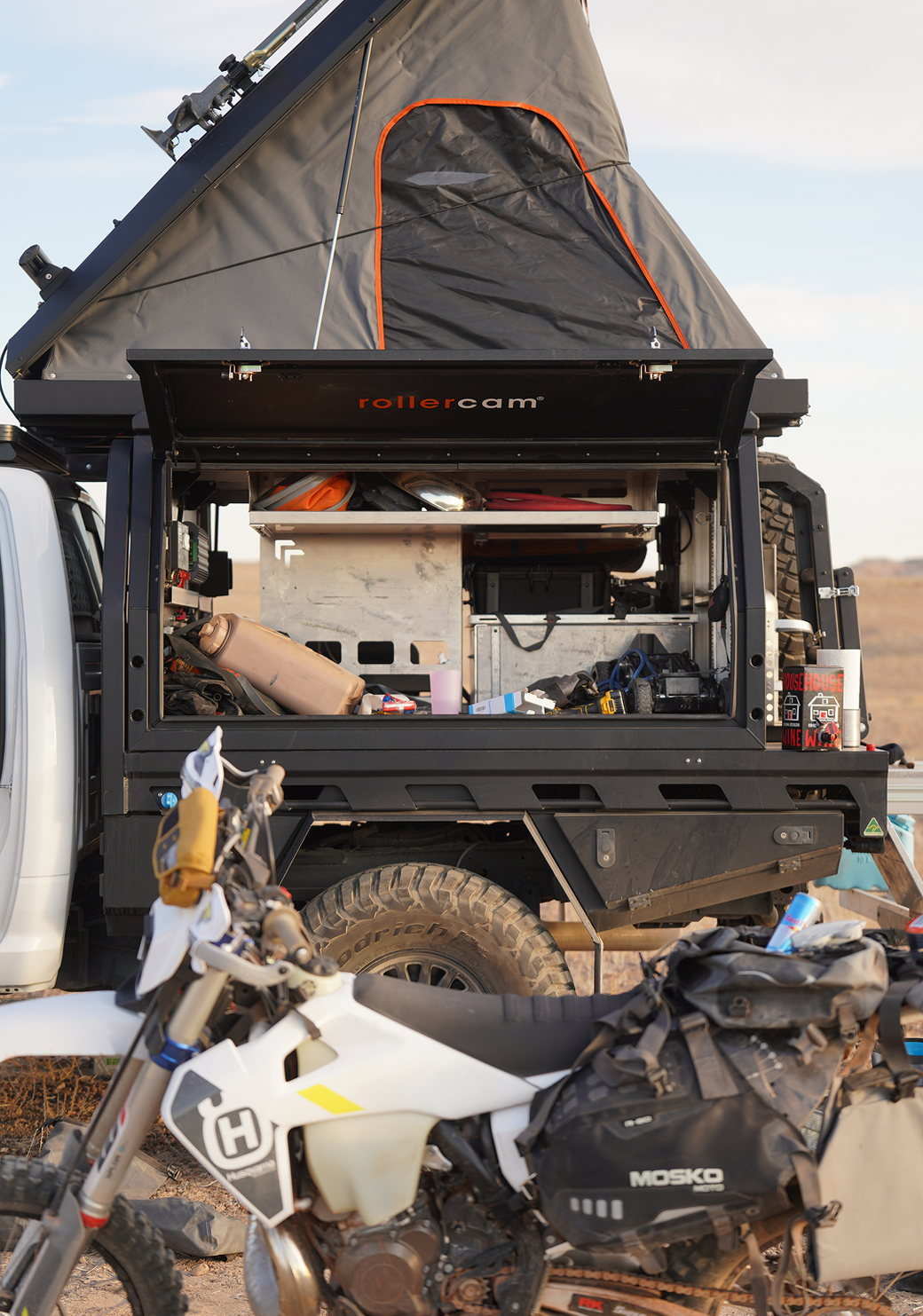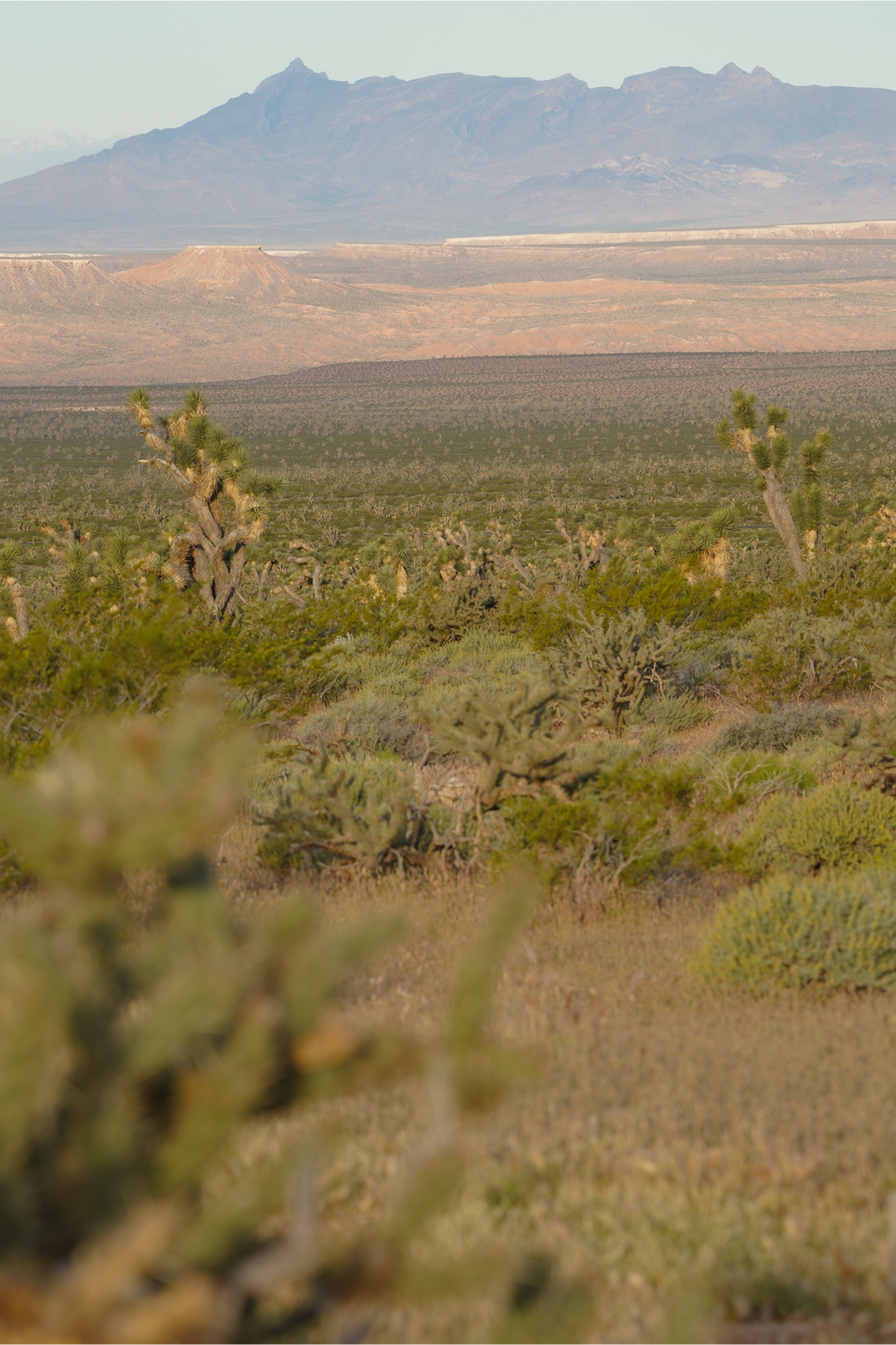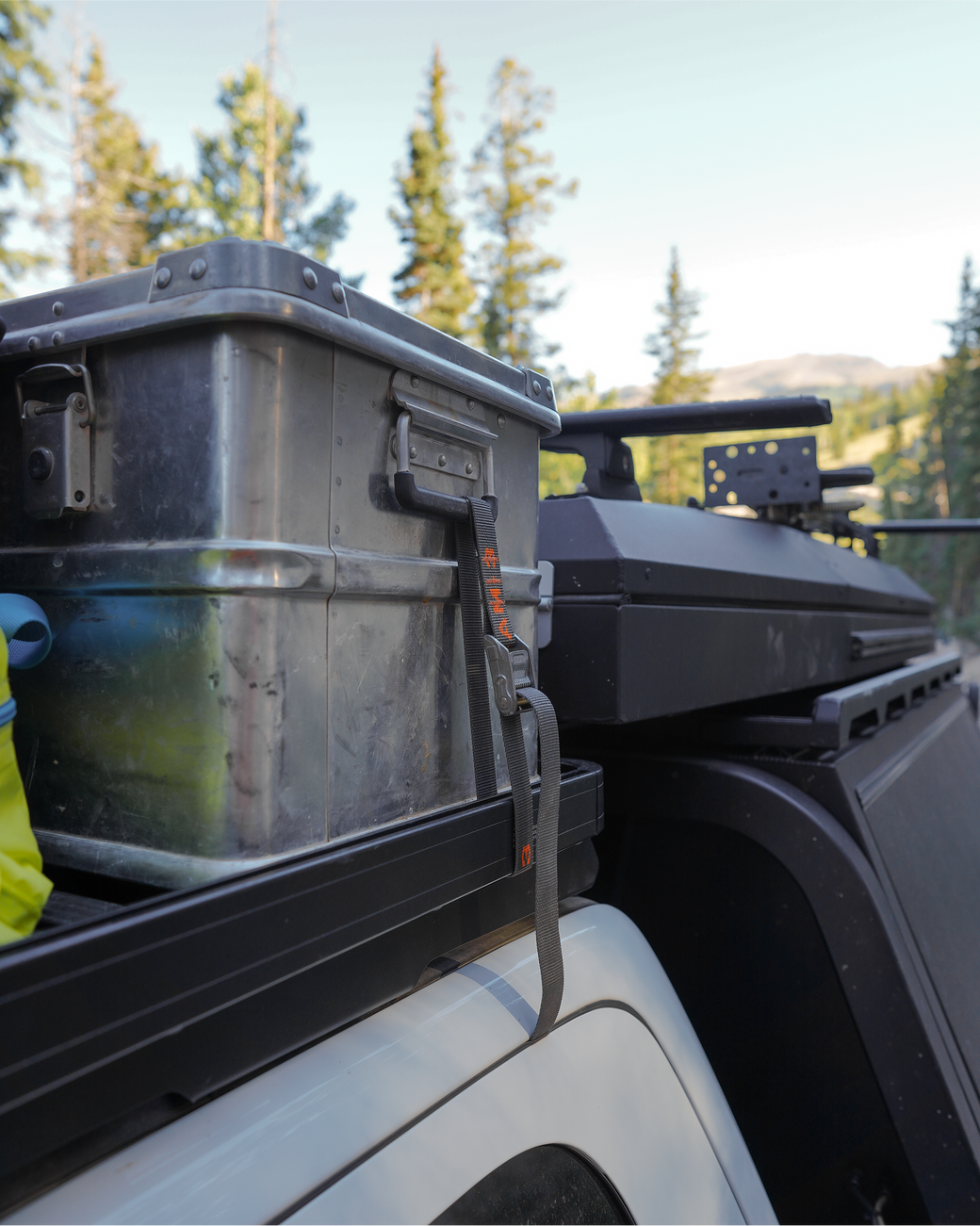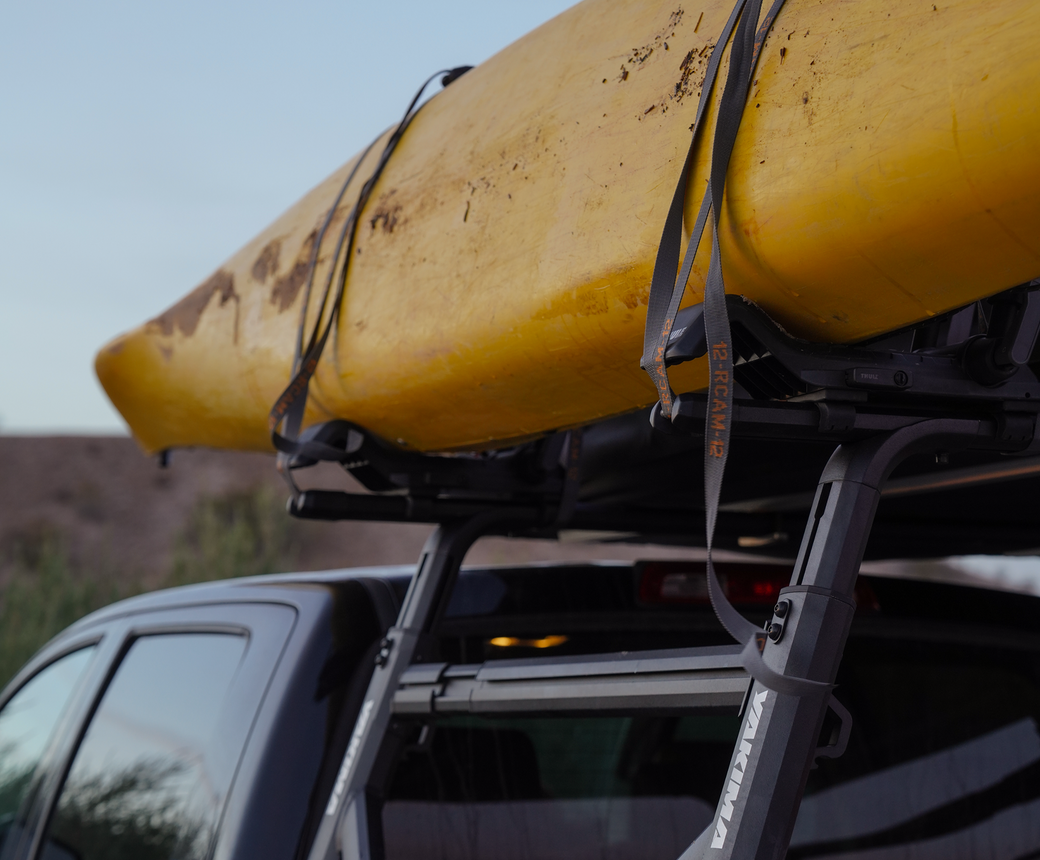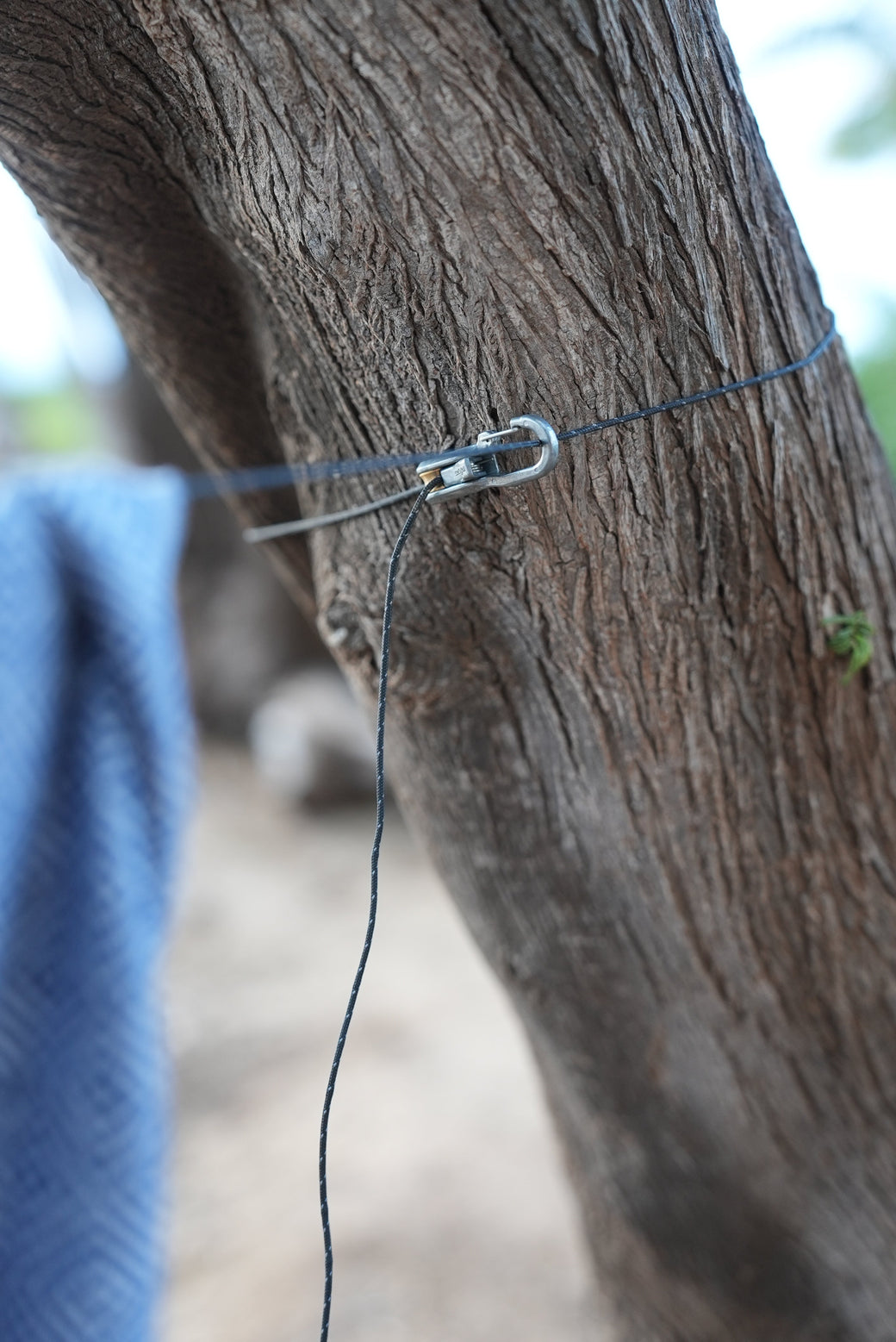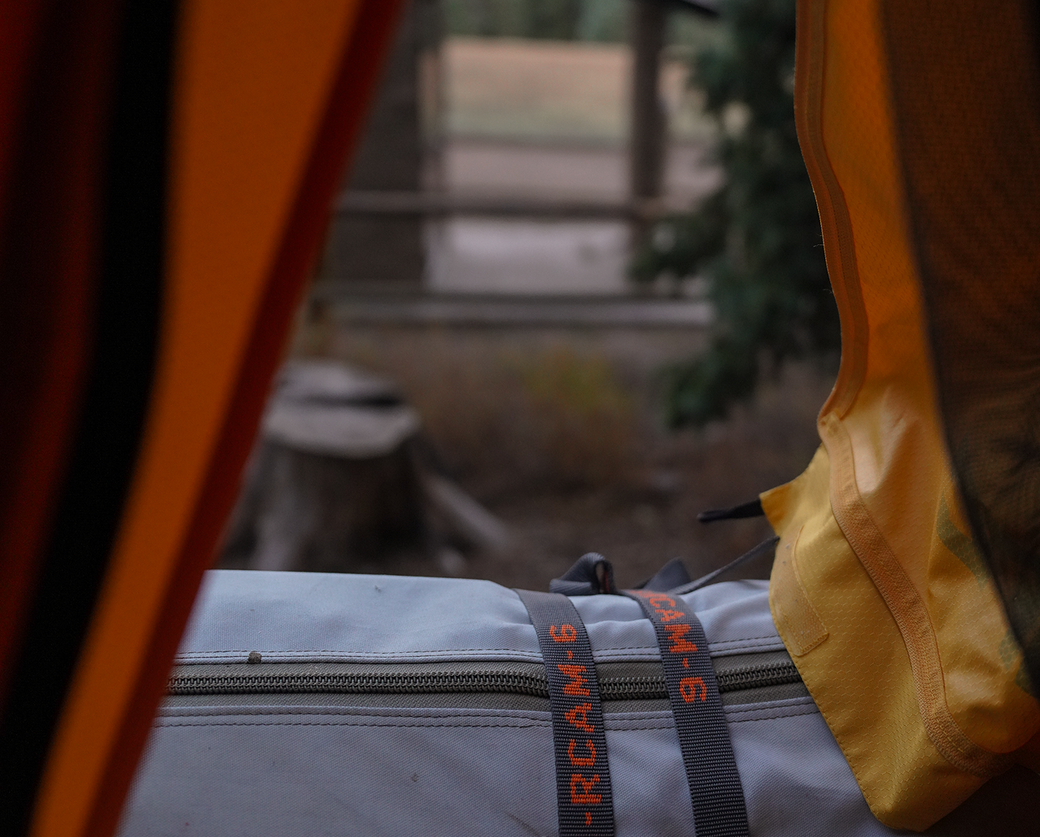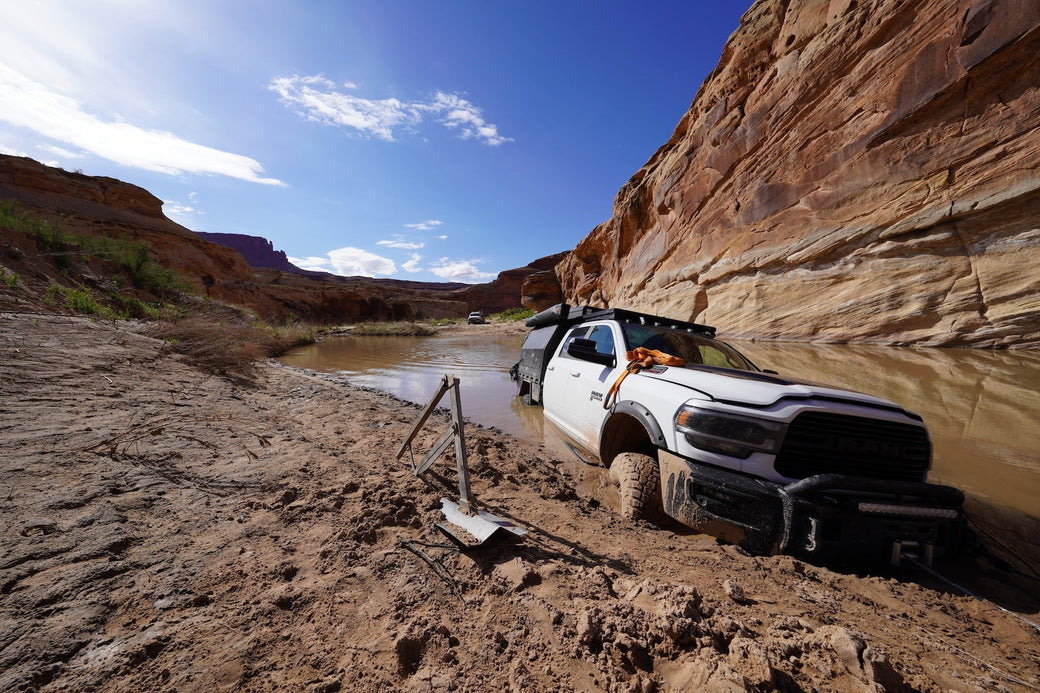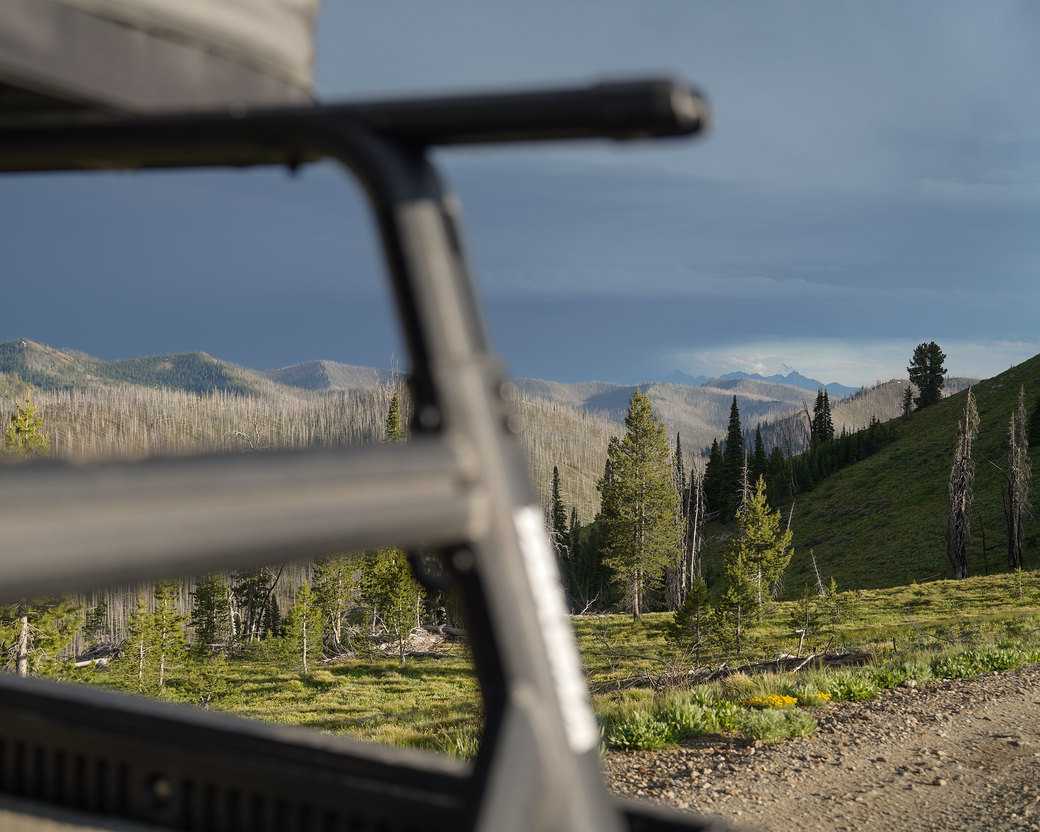Planning a river trip is a glorious and daunting ordeal, and we want to offer a breakdown of how we get 'er done. There are four main categories to consider: river logistics, food, group gear, and personal gear. We'll cover each topic in-depth over the next month.
Here's a quick breakdown of river logistics to consider when planning your trip.
#1 Does the River Require a Permit?
Some rivers like the Colorado, Salmon, and certain sections of the Green have permitted sections you can apply for via lottery in January on recreation.gov. Other sections may not require advance reservations, but you may still need a permit from the ranger or local office before floating.
Good Practice: Always check the management website for river rules and regulations.
#2 Do You Have the Skills for This Section?
Rivers are categorized by a Class system ranging I-V. The classification can change based on flow, which may create bigger features or make for more technical boating.
- Class I – Easy: Smooth water with few obstacles
- Class II – Novice: Simple rapids and clear channels
- Class III – Intermediate: Rapids with moderate waves and obstacles
- Class IV – Advanced: Intense rapids requiring precise maneuvering
- Class V – Expert: Extremely difficult rapids with high risk
- Class VI – Elite: (If you don't know river classifications, stay away)
Be honest about your skill level and the conditions you're comfortable handling.
#3 Is It Runnable? (Check the CFS)
Know before you go! River and creek flows vary depending on the season.
The flow of a river is measured by CFS (cubic feet per second). American Whitewater is an American nonprofit that provides data on almost every river you can imagine. Look up the section you'd like to run and you'll find hourly updates that indicate the river's runnability.
Too low means dragging over rocks. Too high means washed-out features or dangerous conditions. Check the recommended range for your section.
#4 What's the Weather?
Keep a pulse on the weather before and during your trip (depending on how long you're on the water). Storms could cause unpredictable flash flooding and create emergency situations if you're not prepared.
Check forecasts and be ready to adapt.
#5 Campsites and Rapids
Very simple: buy a river map guidebook. This is especially important for multi-day trips but is a great tool regardless, with detailed rapid beta and campsite information.
For shorter trips, you can use the River Features tool on the American Whitewater website.
Some campsites are required to be reserved ahead of time. Make sure to check the river management page before launching.
#6 Shuttling Vehicles
Thou must return whence thou came!
There are two shuttling options: DIY or pay someone else to do your dirty work. In short, make sure you have a vehicle waiting for you at the take-out.
Shuttles vary in time and length, but for multi-day trips they can take up to 3 hours roundtrip.
Shuttle companies are available for most sections and can be found online with varying prices.
Wrapping Up
Hopefully this was a helpful beginning to your river planning adventure. Stay tuned for our four-part series covering:
- River Logistics (you just read it)
- Food Planning
- Group Gear
- Personal Gear
Good planning makes good trips. See you on the water.
For a real-world example of these logistics in action, check out our Green River ABC Trip Report.
Need reliable tie-down straps for your river trips? Visit rollercam.com.
